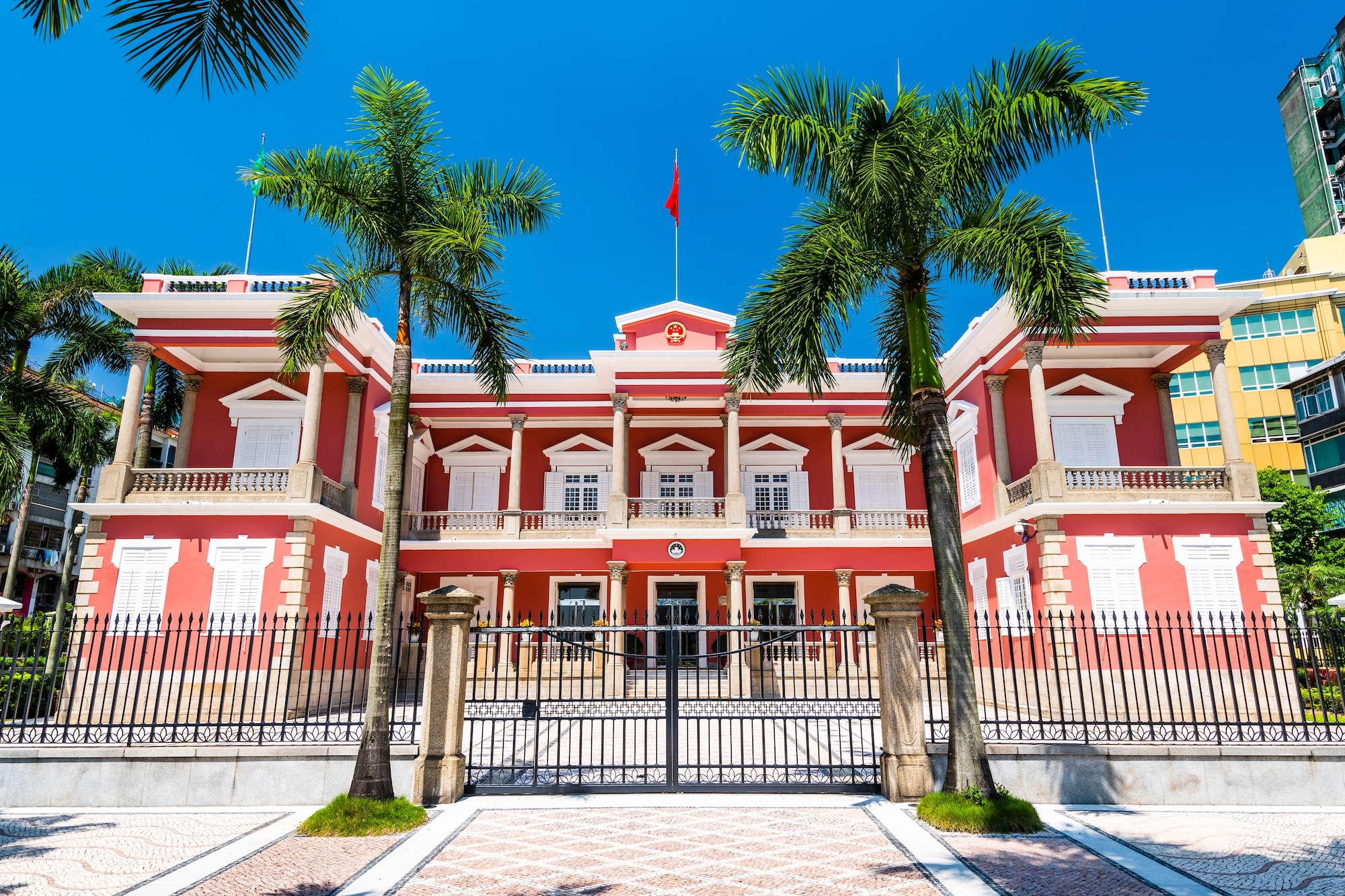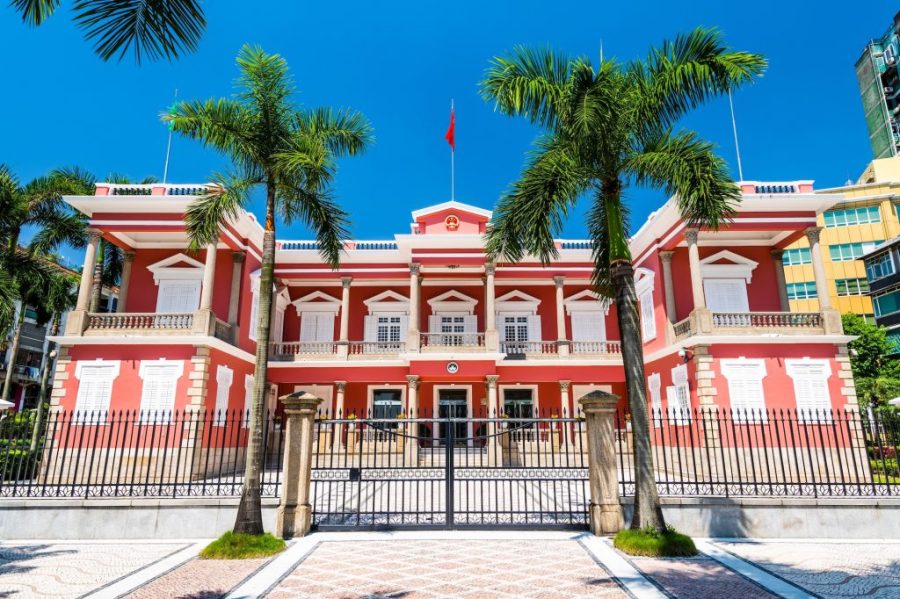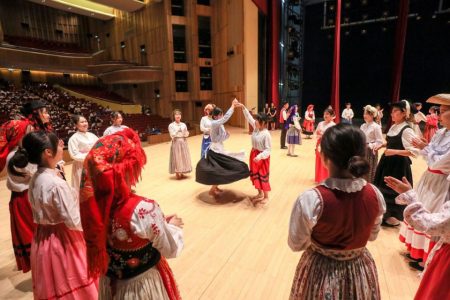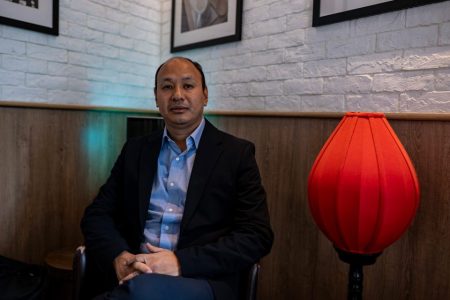The Government Headquarters Protocol Palace – to give it its full name – is opening its doors to the public this weekend in its customary Open House. Admission is free this Saturday and Sunday between 9 am and 6 pm.
No doubt the occasion will be punctuated with music and there will be lavish floral displays to admire. But how much do you know about the historic complex that everyone simply dubs the “pink palace”?
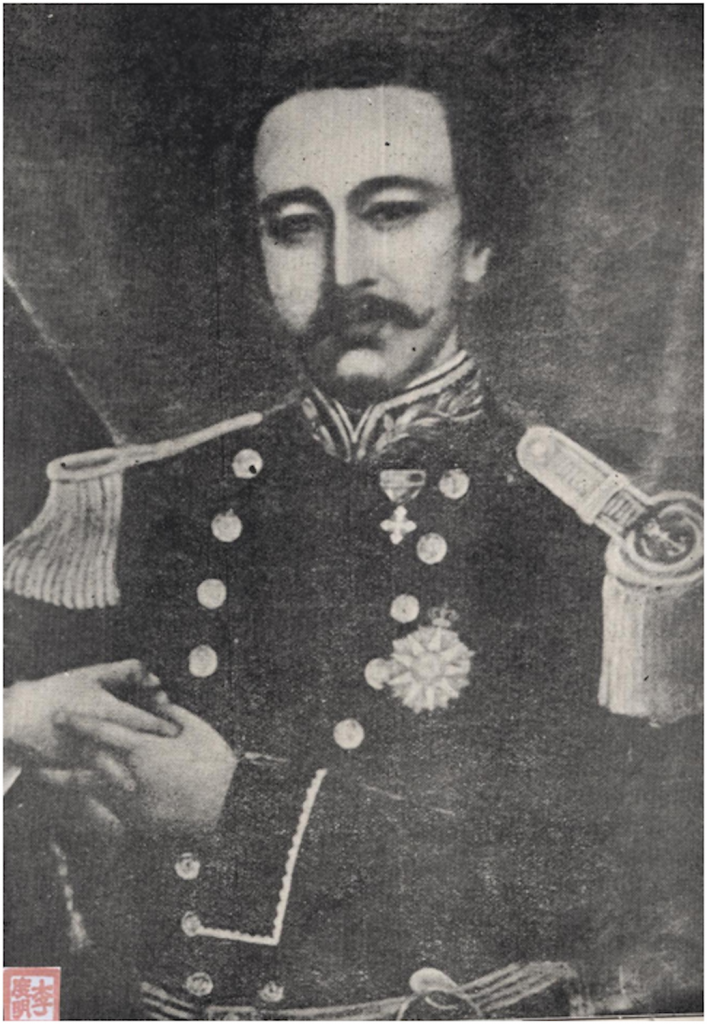
1. It was originally the private residence of a wealthy Macanese merchant
The “pink palace” was once the home of a well-to-do businessman by the name of Alexandrino António de Melo, who had the mansion constructed in 1849.
Born in Macao, Melo (1804-1877) was a prominent merchant who may very well have made it into the Forbes 400 had the list existed in the 19th century. In those days, ownership of one ship was already considered a sign of exorbitant wealth, but Melo one-upped everyone with a whopping five ships that he used to facilitate trade across countries such as Portugal, Brazil and Australia.
Apart from business, Melo also dabbled in politics, becoming a member of the legislature in 1840. For his contribution to Macao and the Kingdom of Portugal, he was duly awarded the titles of Barão do Cercal and Visconde do Cercal in 1851 and 1867 respectively.
[See more: Travel back in time to experience Macao’s firecracker era]
2. The government took it over when the Melo family got into debt
The administration began renting the building in 1875 and used it as the governor’s residence.
Some years later, the Melo family, which still owned the property, got into financial hardship following a series of business blunders. The situation became so dire that they had no choice but to put the mansion up for auction at just over 25,000 patacas – four-fifths of its estimated value.
The government seized the opportunity and acquired the “pink palace” for slightly more than 20,000 patacas.
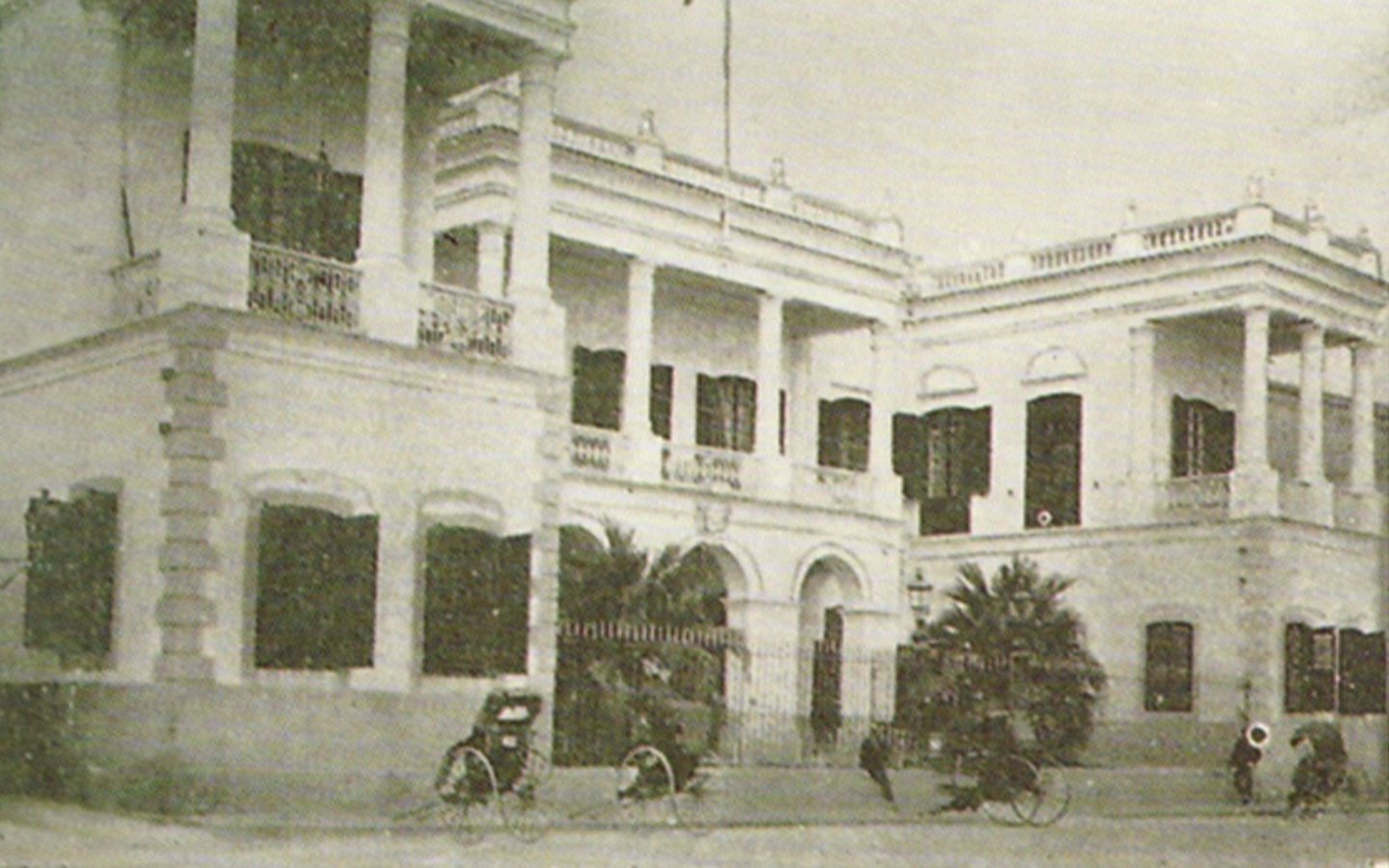
3. The architect designed it as a side hustle
Interestingly, the man commonly supposed to be the mansion’s architect, José Agostinho Tomás de Aquino (1804-1852), did not work full-time in the profession, as his main line of work was in maritime trade and politics.
Despite this, he was quite popular as an architect among Macao’s elite, and created several lavish residences. For instance, Santa Sancha Palace (Macao Government House) and the now destroyed Governor’s Summer Palace were his designs.
He also spearheaded the large-scale refurbishment of one of Macao’s oldest churches, St Lawrence’s Church, in 1844, and took part in similar projects involving the Macao Cathedral and Our Lady of Penha Chapel.
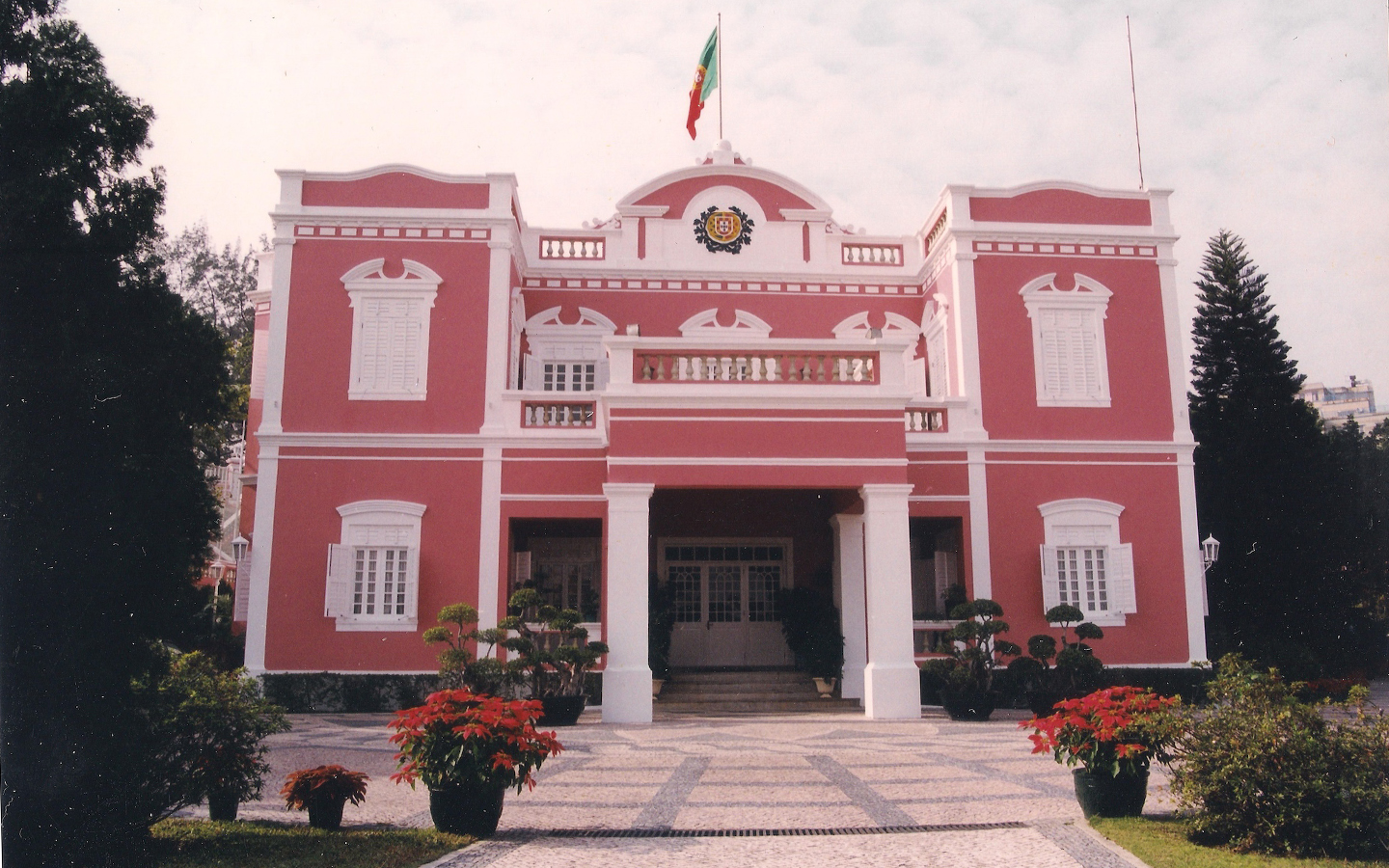
4. Its architectural style can be traced to an earthquake
The pink palace adopts the Pombaline style of architecture, the origins of which can be traced to the rebuilding of Lisbon following a great earthquake in 1755.
The statesman in charge of the reconstruction effort was Marques de Pombal who came up with an architectural style that centred around uniformity, simplicity and the multi-functional use of buildings. Earthquake-proof construction techniques were also part and parcel of the style.
Marques de Pombal’s approach became so influential and popular that it eventually took on his name.
5. The building has undergone many changes in name and appearance
When it was in the hands of the de Melo family, the building was known as the Palace of Cercal. When Portuguese administrators took it over, it became the Governor’s Palace. Following Macao’s 1999 return to China, it took on the unwieldy moniker of the Government Headquarters Protocol Palace. But to residents, “the pink palace” has always been a popular name for it.
[See more: Understanding the man and the legacy behind Macao’s Mandarin’s House]
Refurbishment work on the headquarters has also led to changes in its look and structure over time. The current appearance and scale of the property were the result of significant renovation work that was done under the orders of Governor Joaquim Anselmo de Mata Oliveira in 1930.
Since the early 1970s, a new set of steps has been added to the front of the building and a roof extension built for the central balcony.
